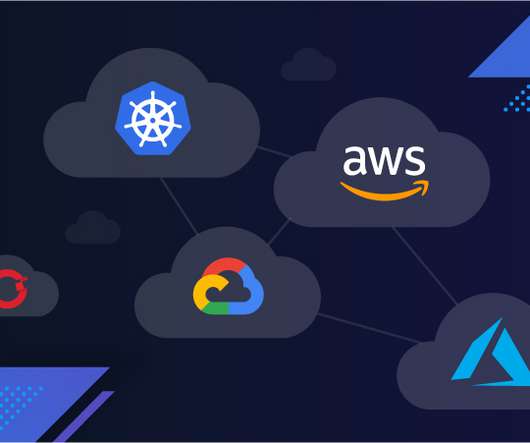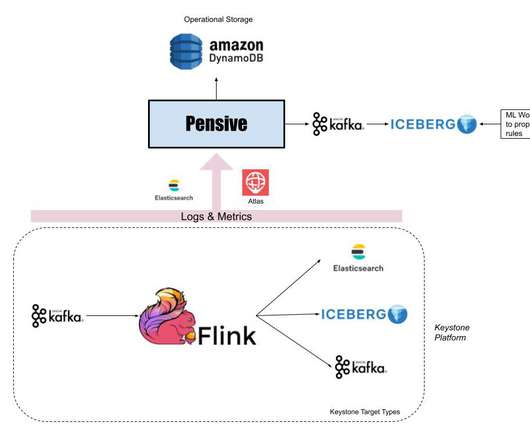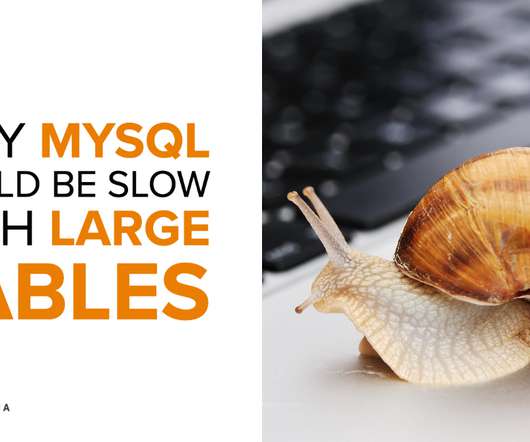What is Greenplum Database? Intro to the Big Data Database
Scalegrid
MAY 13, 2020
In this blog post, we explain what Greenplum is, and break down the Greenplum architecture, advantages, major use cases, and how to get started. Greenplum Database is an open-source , hardware-agnostic MPP database for analytics, based on PostgreSQL and developed by Pivotal who was later acquired by VMware. The Greenplum Architecture.





























Let's personalize your content